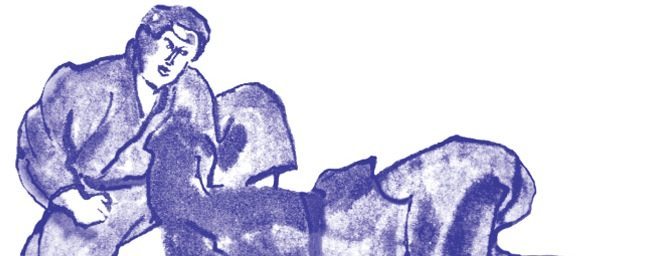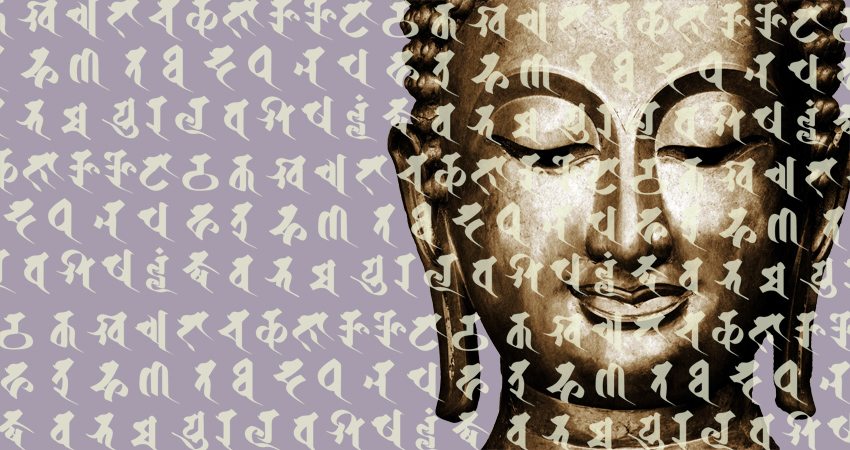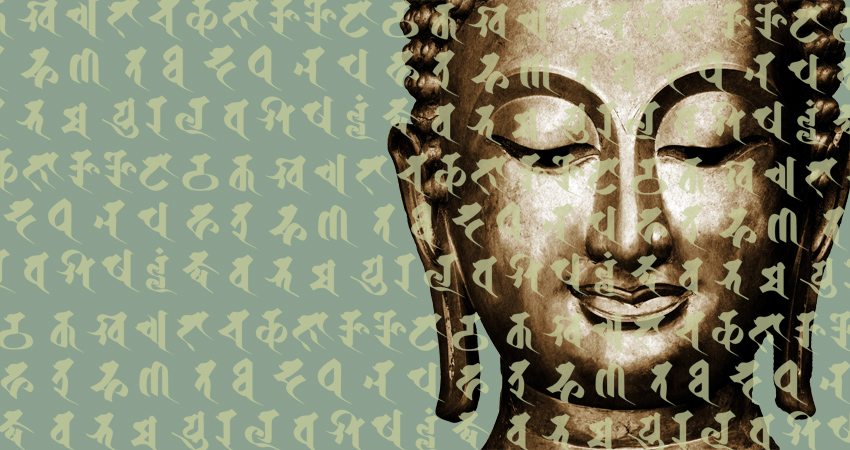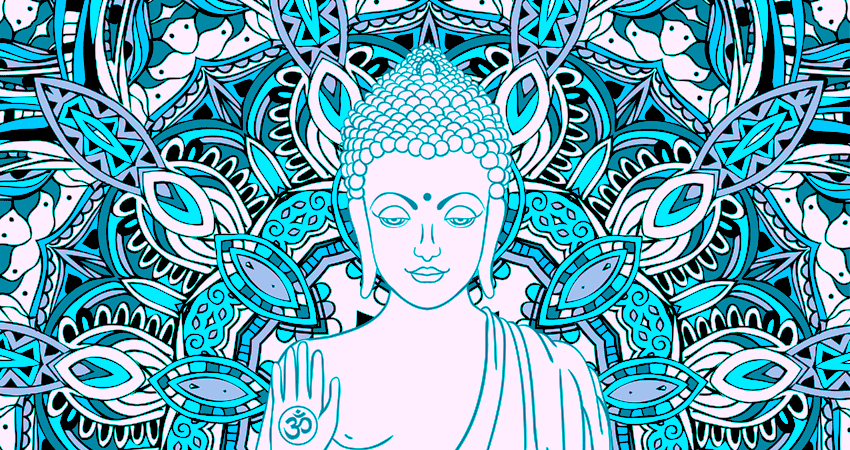
Q&A with Thanissara: Tapping into the Sacred Feminine in Meditative Practice
Categories: Spirituality & Religion
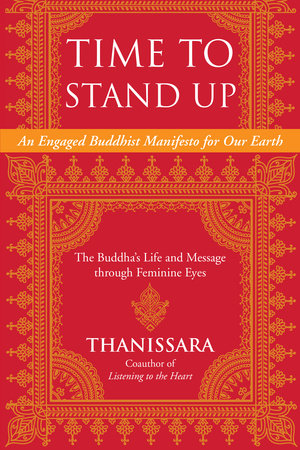 In a continuation of our ongoing Q&A series with Thanissara, today, we talk about some practical ways to integrate the sacred feminine into meditative practices.
In a continuation of our ongoing Q&A series with Thanissara, today, we talk about some practical ways to integrate the sacred feminine into meditative practices.
Q: In what ways can someone tap into the sacred feminine in regular meditations?
A: A way into the sacred feminine is to shift away from the “subject–object” nexus, which is fueled by conceptual abstraction, generating a dissociating layer over our direct energetic experience. We assume we know others, this world, and ourselves through our perceptions, memories, and thoughts; however, this way of knowing is partial, and usually misleading. Caught in that dynamic, the mind perpetually ricochets in reaction to the distancing affect of interpreting life through the cognitive realm. This in turn keeps the mind-heart (citta) energy locked into patterns of longing, anxiety, and agitation.
Instead, contemplate the energetic experience of being in a relational field. In Buddhist practice, this is called yoniso manisikara, which roughly means “put the body-mind creations into the womb of awareness.” Do this by dropping beneath thinking, into body sense. Soften, and open into feeling and sensation. This is not easy without getting tangled in feelings, so it’s important to remember to be kindly present “with” feeling tones, rather than caught up “in” them.
Breathe into, and through, what is felt. Suffuse the subtle energy of the in and out breath through the body. Stay with the body and the rhythm of the breath, allowing the energetic experience of the body to be fully received into awareness. You can do this throughout waking hours, sitting at the computer, at the grocery line, no need to wait for special meditations. To help negotiate the power of feeling, stay connected with the earth element as felt in the body—bones, spinal column, pressure of feet on the ground, and sitting in a chair, for example.
The practice deepens as we allow, and accept, our experience, listening into its energetic variances. We can enhance this deepening quiet during meditation sessions (and other times of course) by asking, “What’s happening now?” Listen into “what is” until you hear what is present. Aim to go beneath the storylines into what is felt. Then listen again. Listen until you hear a deeper awareness listening with you. This could be called “listening into the heart-mind ground.” This listening begins to turn the mind back into itself, into its own awareness. This is the subtle meditation of Kuan Yin, the Buddhist archetype of merciful compassion. The practice of listening into the heart of awareness opens into the sacred feminine. Here, our listening is the same listening within all beings. This is listening into the web of life, which is an intelligence that speaks to us as intuitive guidance.
Other ways into the sacred feminine are to be in nature. Even if in a city, notice trees, birds, clouds, and the presence of others. Notice their face, smiles, and struggles, notice small things, and allow all of it as part your world, without creating a “me” it’s happening to. Do this by softening your gaze, and opening your awareness until you feel everything arrive intimately into the presence of the heart.
The sacred feminine is profound nourishment. Explore what brings you lightness, ease, beauty, and joy. Perhaps walking, qi gong, swimming, dancing, writing poetry, and being with friends. Notice, when partaking of enjoyment, the feeling of Eros energy in the body, felt as fullness, and emerging as the creative impulse. You see that energy in children, and you may recognize it in yourself as effortless being. Or lie on the grass, in a park, your yard, or in a forest, or sit under a tree and talk to it! Feel the earth beneath you, breathe in her fecundity, and express your gratitude to her.
One great Thai meditation master said, “Never abandon the body.” We live in a time when a billion dollar advertising industry gives the message that women’s bodies are unacceptable unless semi-anorexic, photo-shopped, mostly white, and youthful. These messages act on a subliminal level, undermining our capacity to be embodied, and to accept our bodies as they are. Women are also shamed for aging, for not being “pretty” any more. However, eldership is a time of power for women. The process of menopause strips away pretensions, and the need to put oneself into a pretzel shape in order to please. Women can be fierce elders, willing to speak truth plainly, not out of anger or spite, but for the sake of truth itself. It’s important therefore, that we counter these erroneous myths about how women should look and be, by being kind and accepting of our bodies.
This also applies to men, as now the same impossible standards of an unattainable physique, and unending sexual prowess is projected onto their bodies; all of which generates billions for pharmaceuticals. To resist these messages, instead loving our bodies from the inside, rather than for what they look like on the outside, is in itself a radical act.
Interested in reading the rest of this interview series? You can find other conversations with Thanissara, as well as excerpts from her book Time to Stand Up, here.
Tags: Buddhism Thanissara
